- Article Series: What to Publish on Your Family History Blog
I’m often asked what is “appropriate” to add to a family history blog. The answer is fairly simple: Anything you want.
That’s not very helpful, so let’s get to specifics. I’ve talked about what to put into a family history blog before, but let’s break it down in this series of articles on how to publish a variety or specific content on your family history blog.
Think about what you really want to publish and share on your family history site. Do you want to stay focused on deceased ancestors? Do you want to mix techniques and family facts together, like I do? Or do you want to celebrate your family, living and past, in all forms?
Focus on what you really want to do with your site and then go after that type of content. Blogging your passion means sharing the things that excite and energize you, not meeting some obligation or duty. Find your passion in your family history site and it will be much easier and more fun to keep it updated.
The goal of this article series is to get you thinking about what you want or currently publish on your family history blog and how you can either change or improve what you publish.
Family History Site Goals
Are you clear about your family history site’s goals? Begin the process by writing down a list of all the things you find interesting about your family history research and coverage.
Go down the list and look for the items that get your heart racing a little, that call out to you to dig deeper and find more. Maybe you should focus your attention in that direction as it matches your enthusiasm.
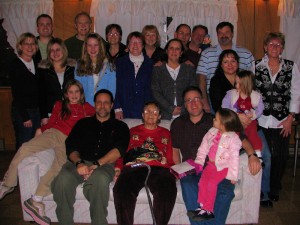 A family history site can be so many things, from a static style site simply showcasing the family tree for future reference to a vivacious account of all of your family’s activities, past and present, bringing the family’s history together in one place for the people of today as well as the future.
A family history site can be so many things, from a static style site simply showcasing the family tree for future reference to a vivacious account of all of your family’s activities, past and present, bringing the family’s history together in one place for the people of today as well as the future.
Consider your readers and their needs. If you have set a tone for your family history blog, then keep it. If you specialize in only genealogy research, tips, and techniques, announcements about a high school graduation or personal event might be appropriate or it might be completely out of character. Taking your site off topic can be a good or bad thing, so only you can decide.
If your site is only for family and not for researchers and experts, then take care in diluting the content with inappropriate topics. Match the tone to the goals of the site. If you love sharing pictures of the living family celebrating their holidays and life events mixed in with family history research and stories, then keep it that way. If your family history research is serious and features only the ancestors, facts, and figures, again, keep your content flow in that context.
As I go through the various examples of content you can publish on your family history site, you must first remember your goals, which serve to satisfy your needs, and second, consider the needs of your readers, the people who come to your site to get the news and information they need.
The Needs of the Readers
Family history blogs are different from typical blogs. The average personal blog is developed to serve the needs of the individual, the person who wants to have their say in the world publicly, sharing their insights, photographs, videos, lessons learned, dreams wished, and personal experiences. Businesses also have a self-serving focus, using blogs as content management systems to build up their online identity and spread the word about their business, products, and services.
Family history blogs are usually started with the desire to share genealogy stories and research for current and future generations. They tend to have a long term vision, understanding that while four people might be cheer-leading their efforts today, dozens, possibly hundreds of people might find value in the site 10, 20, maybe even 100 years from now.
This foresight might change what and how you produce content on your site.
What will your grandchild want to know about you and her ancestors by the time she’s your age? What information could you supply that would help her understand more about her mother and father, grandparents, and the path each ancestor took to culminate in her birth and upraising?
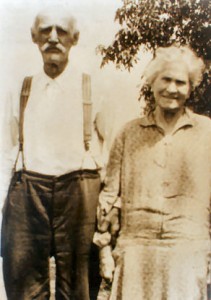 My own family history research has taught me much about who I am today because of the gene pool that combined to make me. I look back at my creative Knapp family and see the magic in storytelling techniques they passed down through the family line. On the Anderson side of the family I’ve found stoicism, the strength to endure and find solace in just getting through it. From the West family, a challenging family tree to research, I find adventure, travel, and risk taking, the willingness to jump off that cliff with little or no trust that you will survive on the other side, a characteristic thought foolish by many but one that gives me a new appreciation today.
My own family history research has taught me much about who I am today because of the gene pool that combined to make me. I look back at my creative Knapp family and see the magic in storytelling techniques they passed down through the family line. On the Anderson side of the family I’ve found stoicism, the strength to endure and find solace in just getting through it. From the West family, a challenging family tree to research, I find adventure, travel, and risk taking, the willingness to jump off that cliff with little or no trust that you will survive on the other side, a characteristic thought foolish by many but one that gives me a new appreciation today.
With so much debate over nurture or nature with a mix of environmental influences as the building blocks of our personalities, I see that some of our innate talents may come from deeper roots. What part of those roots can you share with your future generations to help them better understand themselves?
Today, family researchers are not content with names, dates, and locations from family bibles. We want to know the people of our past.
Make a new list describing all the information you wish you had about your ancestors and relatives as you moved through your life. What benefit would it be now to know that 30% of your family died of the same cancer, or that three people within four generations of your family suffered from genetic mental illness?
Personally, I was always taught that our family didn’t live much past 50 as we’d seemed to lose so many too young, so I led my life fully knowing that I wouldn’t see much past that birthday. In my 40s, a renewed digging into my family history uncovered the majority of our family lives to be 90 plus. I was shocked and had to redesign my future plans.
Look to the positive things, too. The stability, the sturdy nature of your family, their ability to smile and share joy even after losing family members or suffering tradegy. Look at their artistic nature. Are there poets, painters, or performers in your family line?

Cousin Duke DesRochers showcases his amazing 'found art" sculptures at a gallery in Vancouver, Washington.
Preachers and sales persons are also artists in their own fashion, having a knack for connecting with people and convincing them to change their lives from buying a new vacuum to changing or reinforcing their beliefs.
What of these things would your readers and family want to know?
And what secrets?
Every family has secrets, public or private, little or great bits of shame created by themselves or forced upon them by others, often society. In today’s world where literally anything goes, these secrets are often not worthy of keeping private anymore, better viewed in the sunlight than the shadows.
While publishing humiliating or harmful content is bad manners and form, there are times when the secret is done being secret and worth sharing. Use your best judgement, but consider what such secrets mean when they are hidden so deeply they cause ripples for the next generations that follow without ever knowing the why.
There is so much you can publish on your family history blog. I have the stories and data on tens of thousands of people in my past to share, and so little information on over 95% of them. I can’t cover them all, but I can cover as many as possible and encourage other family members to add to the wealth that will eventually become meaningful to future generations.
What legacy of family history information do you want, and they need, left behind?
Coming Up Next
In the next article in this series on publishing family history content I’m going to explore the family tree, offering tips and techniques for publishing your own, and how to maximize web publishing, WordPress, and other genealogy services to integrate your family tree(s) into your family history blog.
Most Recent Articles by Lorelle VanFossen
- The Myths and Mysteries and Hunt for Nicholas Knapp
- The Perpetual Calendar
- GenSmarts: Reminder to Not Assume
- Gensmarts Saves Your Family History Research Life
- Digging Through Historical Newspapers Online

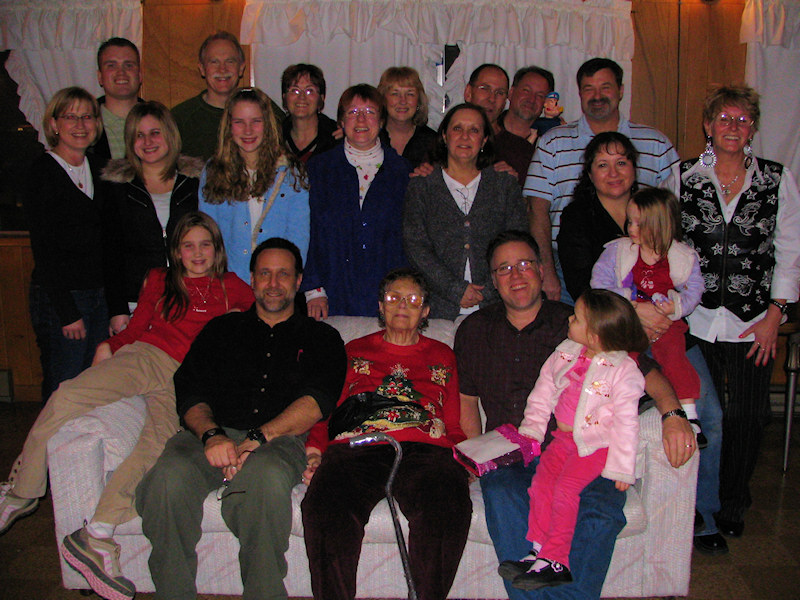
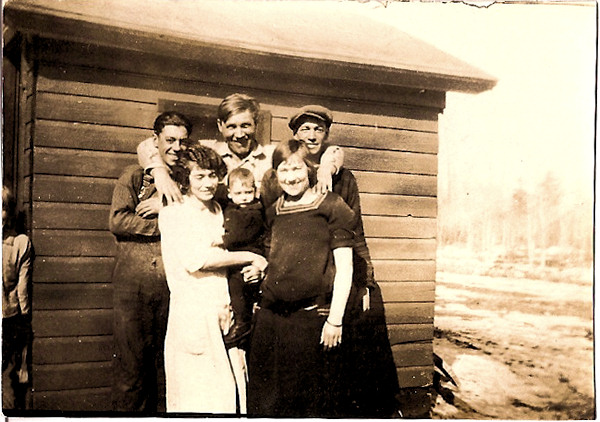
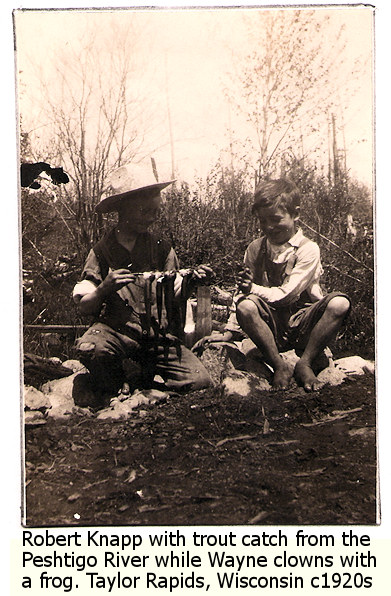
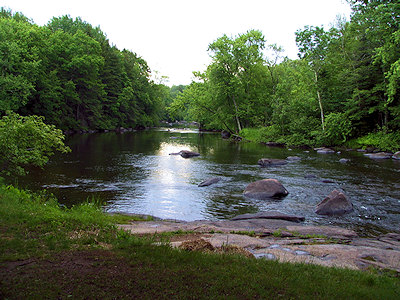
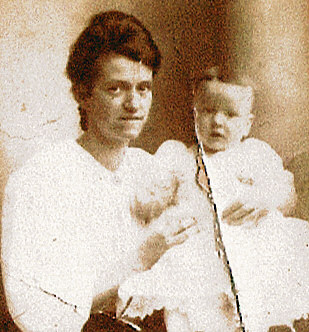
Pingback: Lorelle’s Family History Blog Featured in the Everett Herald Newspaper « Lorelle on WordPress
Pingback: Family History Blogging Resources and Tips | Learning from Lorelle